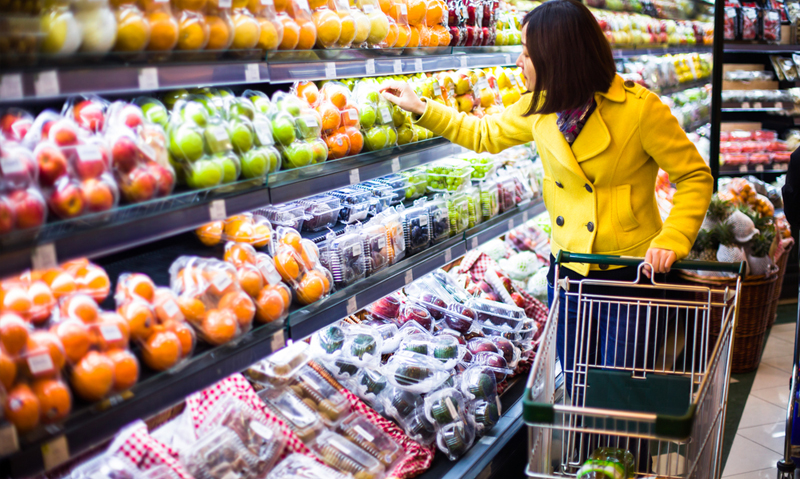GEOGRAPHIC location is a risk factor contributing to the national chronic disease burden and must be factored into health initiatives and policies, according to experts.
Professor Jenny Gunton, chair of medicine at the University of Sydney’s Westmead Hospital, told MJA InSight that Australia should draw inspiration from the UK, where politicians are “starting to understand the huge costs of obesity and decreased exercise”.
However, she said addressing the key problem of inequity in the distribution of greengrocers and fast food outlets across different suburbs in metropolitan areas would be a difficult challenge.
“It isn’t really easy in Australia to decrease takeaway outlets — except by education and campaigns to try to push them to offer healthier food.”
Professor Gunton was commenting on a Perspectives article published online today by the MJA on the geographical inequities in the food environment in Sydney and the risk for type 2 diabetes (T2DM). (1)
Dr Thomas Astell-Burt, director of public health sciences at the University of Western Sydney, and Dr Xiaoqi Feng, senior lecturer in epidemiology at the University of Wollongong, wrote that in Sydney the risk was lower in the eastern suburbs and the north shore, and higher in western suburbs.
They detailed the preliminary findings of the Mapping food Environments in Australian Localities (MEAL) Project, which used data from the Yellow Pages to calculate the number of greengrocers, supermarkets and takeaway outlets within a 1.6 km road distance from a person’s home. (2)
The data showed that in the affluent north shore, there was “by no means a dearth of alcohol or takeaway options”. However, there were also multiple venues to buy fresh produce within a reasonable walking distance.
For many communities in Western Sydney, the availability of fresh produce within a reasonable walking distance was limited, with takeaway shops and alcohol outlets outnumbering greengrocers and supermarkets.
They said the community must work together to address this spatial mismatch and “stem the flow of bad news for our fellow human beings who are living with and fighting T2DM”.
“We would not build neighbourhoods without roads, clean water and sanitation, so why do we build neighbourhoods without other things that are essential, such as good access to fresh produce?”
Professor Stephen Colagiuri, professor of metabolic health and co-director of The Boden Institute at the University of Sydney, told MJA InSight that the study illustrated why it was vital for GPs to be aware of where their patients lived and their ability to access healthy food, and factor this into risk assessments. “Environment should be included in the equation.”
However, Professor Colagiuri said that the drivers of access to healthy food were not limited to geography, and that the cost disparity between fast food and healthy produce must be addressed.
“Making healthy food affordable is difficult. We want the quality of food to be better, but we still want people to be able to afford to buy essential foods.”
Associate Professor Hadia Haikal-Mukhtar, head of the Auburn Clinical School at the University of Notre Dame, agreed, saying that the article did not explain “how complex this issue is, and that fast food outlets are not the only determinants of health and obesity”.
She told MJA InSight the additional factors that should be factored into public policy included “easy access to parks and cycling paths which promote outdoor activities, cheap access to fitness centres and gyms, and health literacy about nutrition and food”.
Professor Gunton said that she had suggested to members of parliament and senators that unhealthy foods should be taxed and healthy foods subsidised, as this would put pressure on manufacturers to reformulate unhealthy foods and decrease the price of healthy choices.
In the UK, food manufacturers had agreed to decrease the salt content of various packaged food and snacks following heavy lobbying, she said.
“I think with enough pressure from medicos, nurses and, most importantly, the public we can apply similar pressure in Australia to voluntarily reduce these things here too.”
(Photo: 06photo / shutterstock)

 more_vert
more_vert
This seems to be the path Wollongong is taking. There are more places to buy alcohol than fresh food. I can get a drink by just walking across the road, but I have to get in my car and drive to get fresh fruit and veg. In some cases there are multiple pubs, clubs and bottle shops within the same block. In a city where jobs and even entire industries are constantly under threat, and in a community where a large number of university students temporarily call home, this is just incredibly irresponsible behaviour by local government.